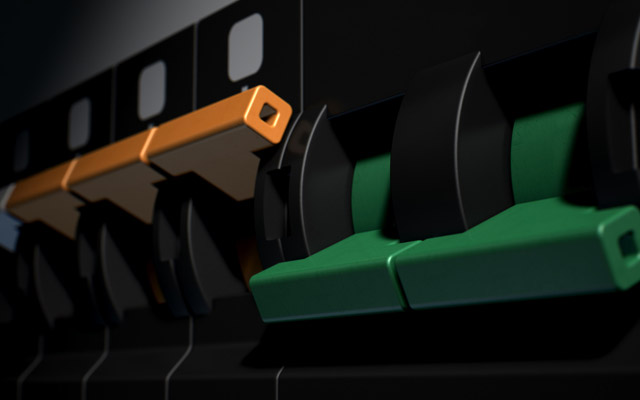How to Troubleshoot a Circuit Breaker Power Trip
Posted on 18 April 2022

Sometimes, circuit breakers can trip without warning. If your appliances or lights suddenly go out, it’s likely that one of your circuit breakers have tripped. If the entire house loses electricity, then it may be a power outage. However, if you only notice a few appliances and machines going out, you may want to take a look at your circuit breakers.
If you’ve never had to troubleshoot a tripped circuit breaker before, you may be overwhelmed by what you see on your electric panel - but don’t worry, there is an easy solution for fixing your circuit breakers! While you don’t absolutely need to be an emergency electrician Singapore to handle them, you might want to follow the tips below to ensure that you are fixing your tripped circuit breakers safely and effectively.
Locating the Circuit Breaker
Circuit breakers are the electrical switches that protect you from having to experience an electrical surge, or worse, an electrical fire. If the circuit breakers sense that there is an electrical surge, they will immediately shut off access to electricity so that you don’t harm yourself.
These circuit breakers typically resemble large, sideways ON/OFF switches. They can be turned off if you need to stop active electricity in your home. They are also used for repairs and upgrades. If you can locate your gray metal circuit breaker box - which is typically on the side exterior of your home or in a closet - then you can locate the circuit breakers.
Once you have found your circuit breaker box, you can open the metal panel and look for your switches, which should be in a long row. Even if some of your circuits look different, they should all function in the same way. If one of your circuit breakers has tripped, it will be switched in the opposite direction of the rest of your switches.
Resetting the Circuit Breaker
You can easily reset your breaker by following a simple set of directions:
- Recognize which breaker has tripped. Again, it will be the breaker that has been switched in the opposite (likely the “OFF”) position from all of the others (which are likely in the “ON” position).
- Turn off the appliances, machines, and lights controlled by the circuit. There should be some writing next to each switch which explains what part of the house it controls. For example, it may say “kitchen appliances” or “master bedroom”.
- Flip the switch back to the “ON” position. Make sure it aligns with all of the other switches in the row.
- Test that your reset has worked by turning on the lights in that area of the home.
Your tasks don’t stop there, though; you need to ensure that everything is in working order after you’ve flipped the switch back. If the breaker flips off again immediately, it means something is wrong and you must contact your electrician right away.
Warning Tips
Make sure to never touch or approach your circuit box if there is a wet floor. If there is any dampness around, you must stay away. You might be prone to electrocution or an electric blowout if you attempt to touch the circuit breaker when the floor is damp.
You should also ensure that you stop trying to flip the breaker if it keeps switching off. This means that you are dealing with a more serious issue, and you should seek the attention of a professional right away.
Most circuit breakers trip in the first place because they are drawing too much power for that area. If the power they draw exceeds the amperage rating of the circuit breaker, it will switch off as a safety measure. If this happens often, you might want to take a look around at how much power you’re using in that area and try to redistribute your plugged-in appliances around the home. Too many devices plugged into one area can cause the circuitry to overload, which will likely trigger the circuit breaker.